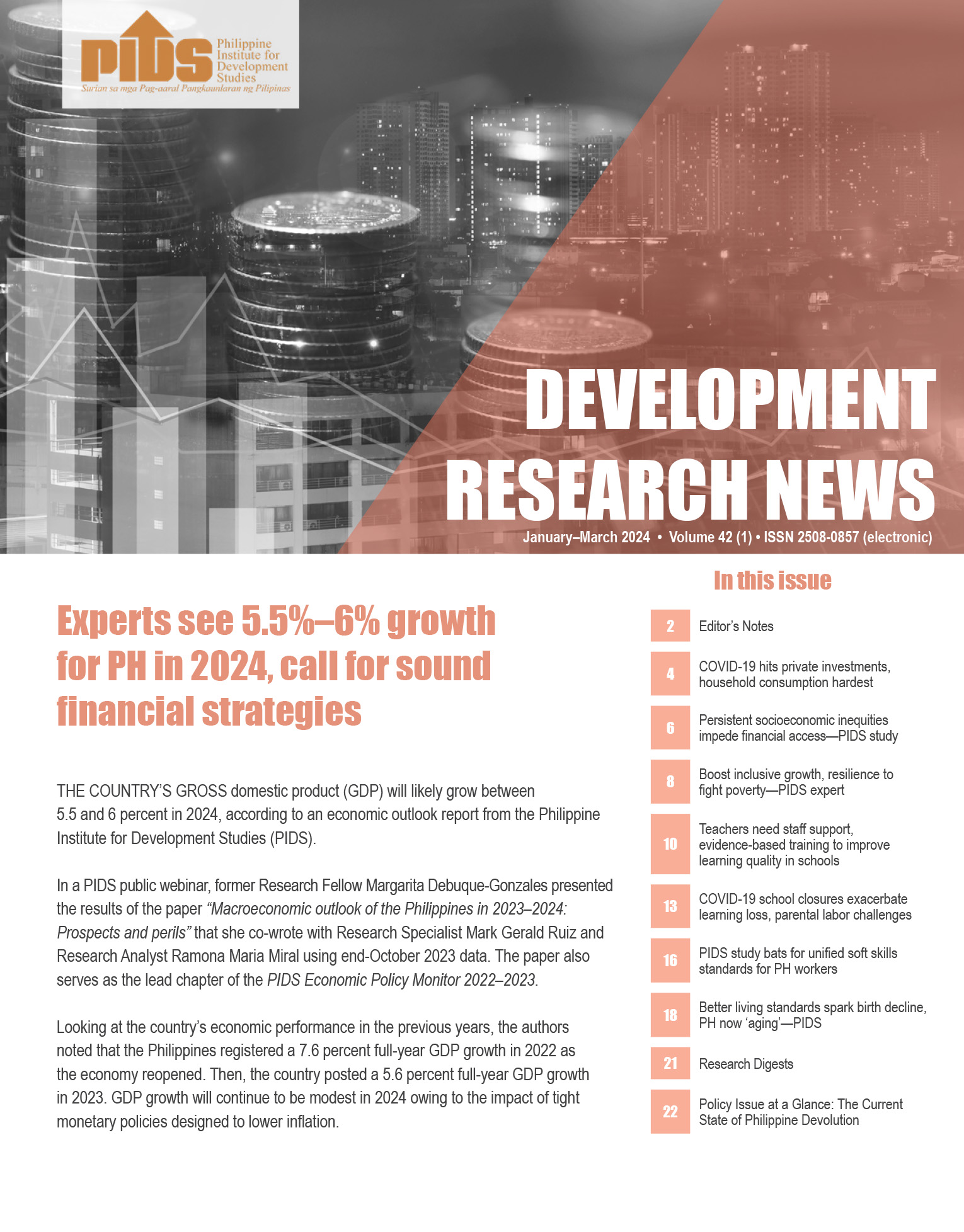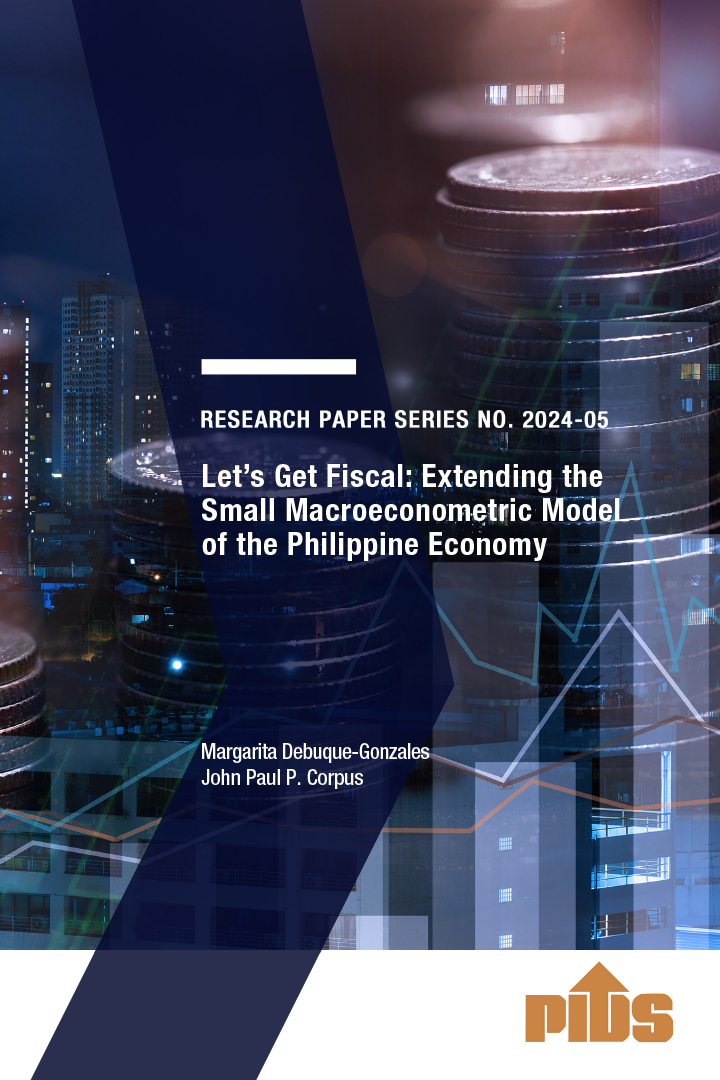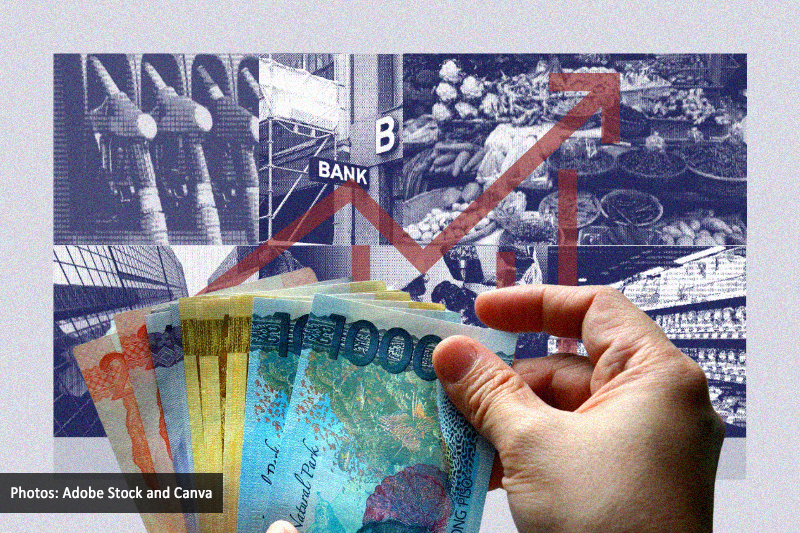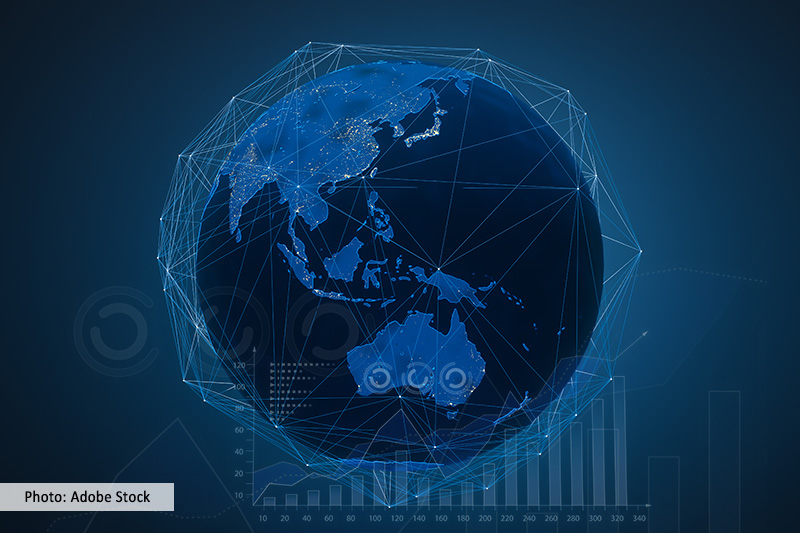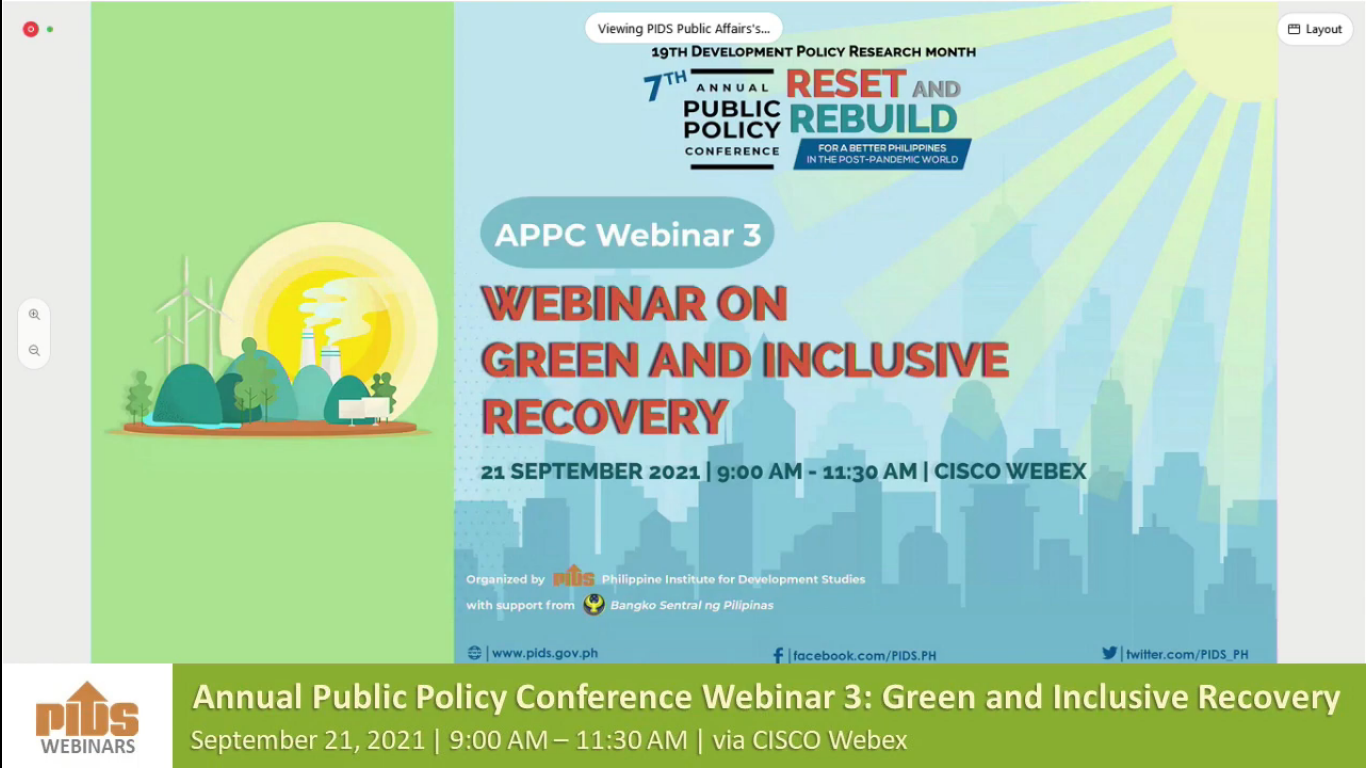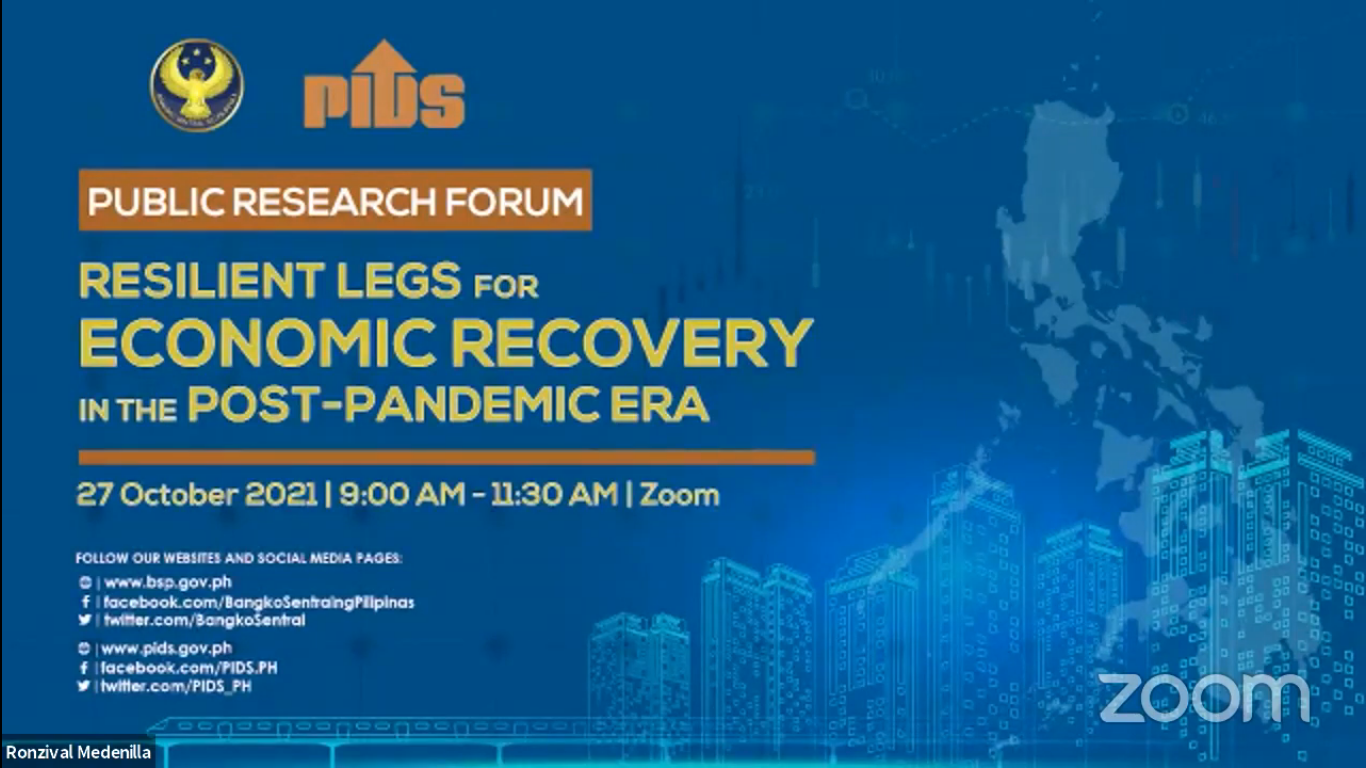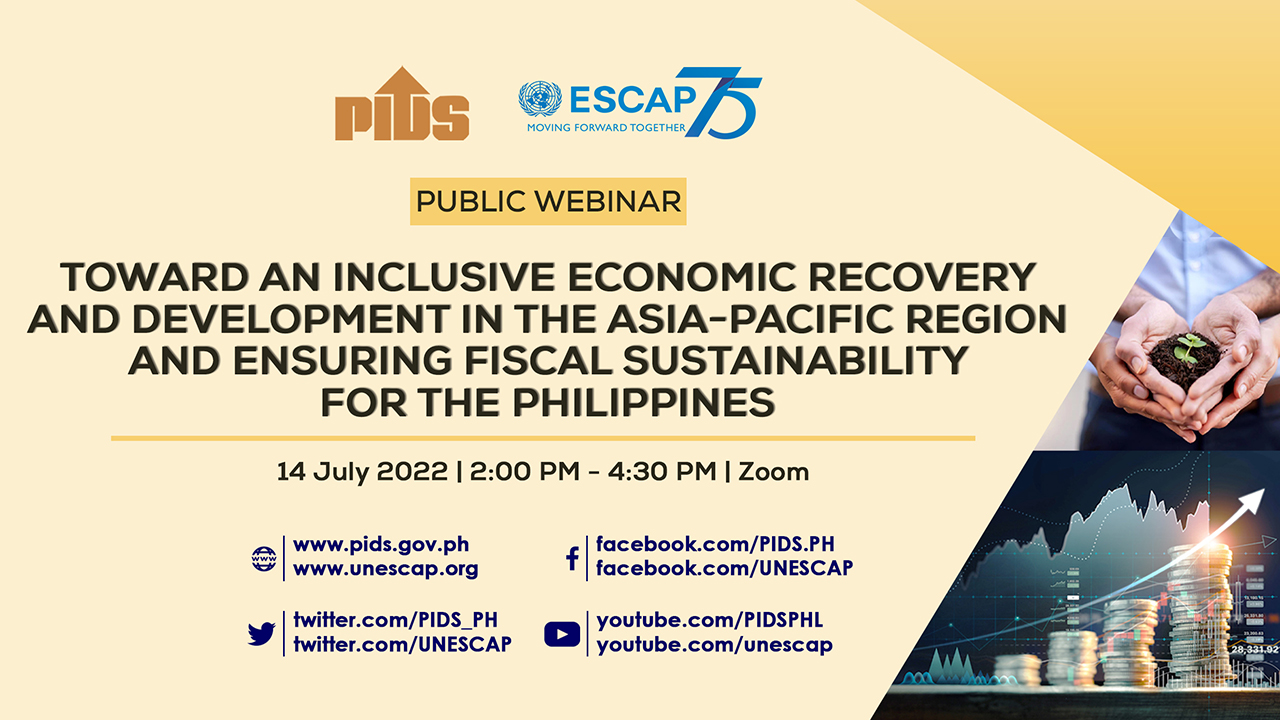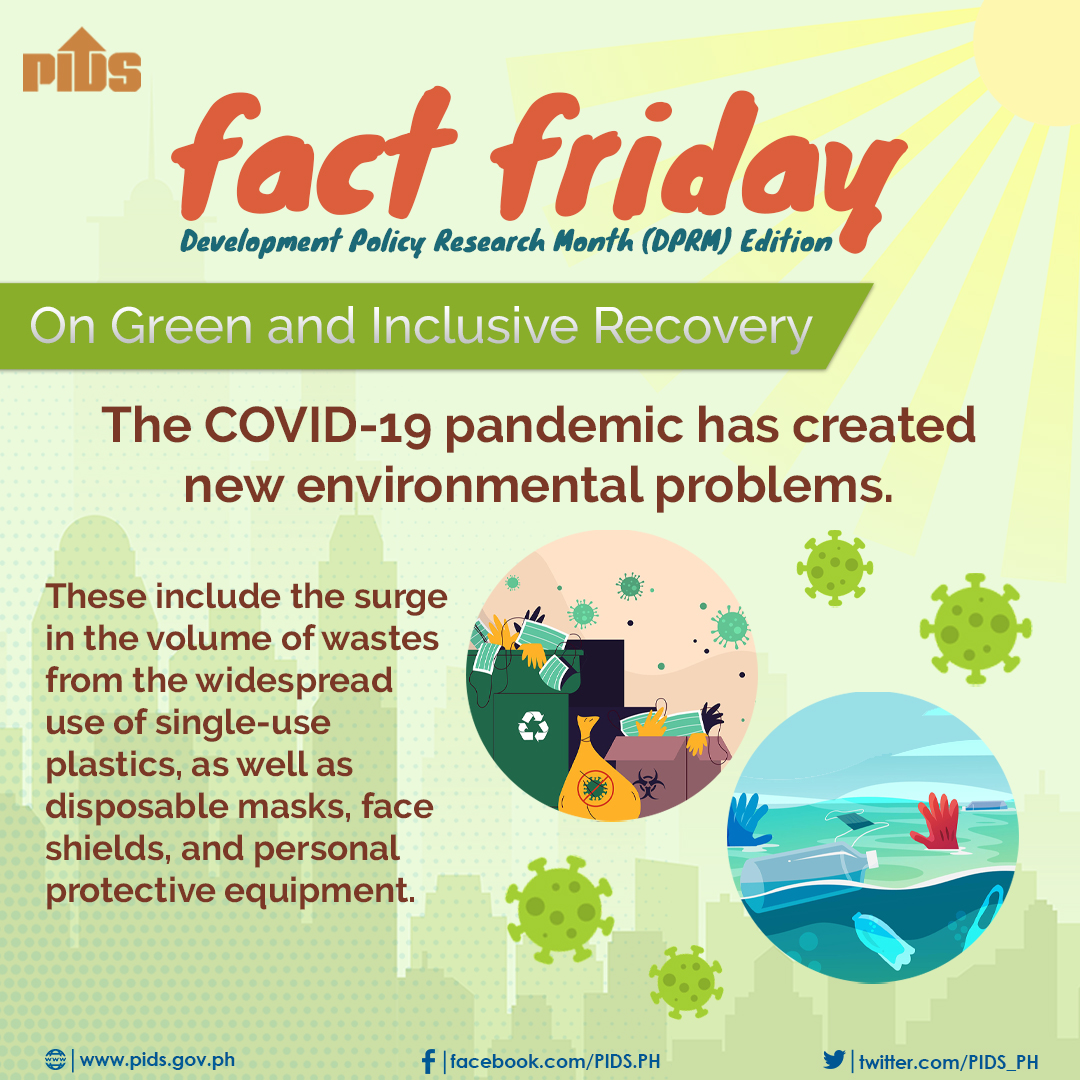MOTHER Nature—if President Trump’s “kung-fu” virus allegation is disbelieved—could be a bitch, sometimes.
She made that point in 2020.
The year had a lot of “should haves” and “could haves,” according to Socioeconomic Planning Secretary Karl Kendrick T. Chua.
The new National Economic and Development Authority (Neda) chief said 2020 could have been the year the Philippines becomes an upper middle income country—a feat that for over 30 years has eluded the “sick man of Asia.”
An upper middle income country, based on the World Bank classification, is a country that has a per capita Gross National Income (GNI) of between $4,046 and $12,535 annually. The Philippines, as a lower middle income country, has a per capita GNI of between $1,036 and $4,045. The government estimated the country, at the end of 2019, had a per capita GNI of $3,512.
But former Finance Undersecretary Chua and many government officials didn’t account for Mother Nature: seven days after the Epiphany, Taal volcano erupted.
And then a “mystery illness” detected in Wuhan, China, reached the archipelago and became the rampaging train that is the coronavirus 2019 (Covid-19) pandemic.
Businesses stifled
THE pandemic caused the most damage as the public health emergency prompted government officials to impose strict containment measures, stifling businesses and robbing millions of their jobs and livelihood.
The Philippine economy contracted 8.6 percent in the first semester of the year. This takes into consideration the 0.7-percent contraction posted in the first quarter and the 16.5-percent contraction in the second quarter.
Based on the April Labor Force Survey results, the country’s unemployment rate soared to 17.7 percent highest in the country’s history. The data pointed out that around 5 million Filipinos lost their jobs as of April. The July figures, economists believe would also not bring some reprieve as double-digit unemployment figures are still expected.
The number of employed Filipinos also declined.
And as September brings images of singer Jose Mari Chan on social media, figures for the second half of the year bring images of a grim Christmas.
Allow deficit
FORMER Socioeconomic Planning Secretary Solita C. Monsod noted in a presentation at the General Membership Meeting of the Chamber of Thrift Banks on Tuesday that the number of employed only grew 1.3 million between the second half of 2016 and 2019.
Monsod said data from the Philippine Statistics Authority (PSA) showed that from 41.12 million employed Filipinos, as of 2019, this has increased to 42.43 million. This is nowhere near the Duterte administration’s target to create 1.1 million jobs every year.
She said that while the government’s aims of becoming an UMIC, achieving a high level of human development and cutting unemployment to 3 to 5 percent would have been possible as of 2019, these may already be too difficult to achieve given the pandemic.
Monsod, the country’s Chief Economist in the last half of the debt crisis-ridden 1980s, blamed the government’s fixation of keeping the deficit in check for the current state of the economy. She said the government should allow the deficit to grow because the priority during these difficult times should be the welfare of people.
She said the debt crisis in the 1980s saw the country’s debt to gross domestic product (GDP) ratio shoot up to 98 percent. Monsod added that the International Monetary Fund (IMF) wanted the government to bring down its deficit to zero, otherwise known as a balanced budget.
But she said it simply could not be done that time.
Growth path
HOPE springs eternal, according to University of Asia and the Pacific (UA&P) economist Bernardo M. Villegas, also dubbed the country’s ‘prophet of boom.’
For some economists, writing off 2020 could be the first step for that hope to spring.
The Philippine economy’s recovery will not happen this year, former Socioeconomic Planning Secretary Dante B. Canlas told the BusinessMirror in an email. According to Canlas, risk and uncertainty remain high, preventing any recovery in consumption the primary driver of the economy and new investments to take root.
ING Bank Manila Senior Economist Nicholas T. Mapa’s view is along the lines of Canlas’s.
Mapa told the BusinessMirror that with the impact of the pandemic on the economy, the country already lost all its economic gains since 2016.
“We are indeed headed to a lower growth path as the economy may take years to resume its organic growth where consumption drives investment, and eventually generates enough revenue to bolster government spending, achieving pre-pandemic balanced growth,” Mapa said.
Up the ante
CANLAS agreed with Monsod and said that any recovery from the pandemic would be hindered by the decision of the Department of Finance (DOF) to practice “austerity economics.”
This, Canlas said, will block any opportunity for an early recovery. He said “given that market failures are pervasive, the government must actively lead in getting the economy out of a looming depression far worse than the 1984-1985 deep recession.”
Apart from these austerity measures, Villegas said the country’s bright prospects could be threatened by its long-term challenges. He said these include low agricultural productivity and obstacles to doing business, especially for foreign investors.
He also said the Philippines is plagued with a shortage of technical skills, high electricity rates, corruption and poor governance and high frequency of natural calamities.
According to Monsod, the economy continues to suffer from its worst beating since 1949; that was the time government started releasing the National Income Accounts (NIA).
Important spots
SOME economists believe it is important to look at some bright spots, especially for the long-term.
Villegas said it’s no use to look at short-term prospects. As far as he is concerned, any short-term forecasts and projections are “guesstimates” and would be unreliable at this time.
Villegas said the country’s long-term opportunities remain. These, he said, include the country’s young, growing and English-speaking population as well as the country’s unique geographic position in the region.
The UA&P economist said the country also has an inter-temporal dividend; meaning the timely shift from low middle-income status to upper-middle income status. Villegas said the country could become an UMIC in three years to four years or, at the soonest, on Year 2023. This means reaching a per capita income of around $4,000 and a growth of 6 percent to 7 percent.
Villegas said the country still enjoys its abundant natural resources, especially for tourism; the country’s massive infrastructure program; and the faster growth being observed in regions outside the National Capital Region (NCR).
Meanwhile, Canlas said in terms of sectors, any economic recovery will be led by the agriculture sector, particularly crops and fishery. He also believes that manufacturing of chips and electronic components are also poised to recover.
In services, Canlas said domestic tourism and food manufacturing stand a chance at recovering while financial services continue to enjoy their good fortune.
Opportunities abound
BASED on Monsod’s analysis, the financial sector in the country has always grown faster than the country’s GDP.
She said that in the second quarter, finance and insurance services subsector grew 6.8 percent. It was already larger than the agriculture sector which only accounted for 10 percent of the economy.
Based on her estimates, the finance and insurance services subsector already account for 11.4 percent of GDP.
“[The growth of the financial sector is] in light of Hong Kong’s problems; but antimoney-laundering measures in the Philippines are so inadequate they deter major money banks from migrating many of their financial operations here,” Canlas said. “Improving the digital infrastructure here is also a prerequisite to attracting big financial companies.”
Former Tariff Commissioner George N. Manzano told the BusinessMirror that industries that could be considered bright spots for the economy are food and agribusinesses; telecommunications; and logistics, especially last mile logistics, which requires recipient receives an item as quickly as possible.
Manzano added that these bright spots include pharmaceuticals and the wellness industry, especially immunology as well as training, education and certification courses.
He also pointed out that information technology would also be an important sector that will become a “sunrise industry” for the Philippines.
Recovery areas
IN an email to the BusinessMirror, Krista Danielle S. Yu of the De La Salle University (DLSU) said now would be a good time to look at e-commerce in the country.
The pandemic has allowed the burgeoning of so many online businesses, so much so that it has hastened efforts to make online transactions the new norm in the Philippines, according to Yu, DLSU Economics Department Associate Professor.
She said online services such as food delivery, online groceries and other online retail businesses are the sunrise industries for the Philippines. Yu said these industries provide the basic needs of households while allowing patrons and businesses to operate while maintaining social distancing.
Yu added online business platforms will continue to thrive. This will bring in demand for new services such as social media management, web development and digital marketing arise.
“This provides new employment opportunities. In addition, these are non-location specific jobs, which gives access for firms located in other countries to employ them also,” Yu said.
Mapa said that it was difficult to box certain industries as sunset or sunrise. He said, however, that businesses or industries that can maximize technology will surely achieve success in a new economy.
“It’s not so important which industry you belong to, but rather how willing an industry is willing to embrace technology to play ball in the new economy,” Mapa said.
Access impaired
HOWEVER, Dr. Alvin P. Ang of the Ateneo de Manila University said it was important to consider the access to technology of the greater number of Filipinos.
Ang, director of the Ateneo Center for Economic Research and Development (Acerd), said the country’s existing infrastructure facilities would not fully support the digital economy. Based on the National ICT Household Survey (NICTHS), more than half or 63.7 percent of interviewed communities do not have telecommunication towers in their areas.
Further, the NICTHS data showed majority (70.2 percent) of interviewed barangays (villages) do not have fiber optic cables installed in their communities. The data also showed 87.8 percent of these barangays don’t have free Wi-Fi.
“The digital economy is limited to those who have access to it and it will take time to be maximized,” Ang said.
Pay back
MONSOD said that given the state of things, any hope of recovery would likely come in 2021 but mainly due to base effects. With second-quarter GDP contracting 16.5 percent this year, Monsod said it would likely lead to higher growth in the second quarter of next year.
However, Monsod said an economic recovery would not be possible without spending. She said the Central Bank has been doing its job well by allowing the financial sector to help keep micro, small, medium enterprises (MSMEs) afloat at this time.
Monsod added that the financial sector should also pay back all the good fortune it has enjoyed in the past two decades when its growth was faster than the country’s GDP growth rate. She said thrift banks are among the most important players in keeping micro- and small businesses get back on their feet.
“The economic managers should get together and say, ‘you know how much do we need to spend?’ and produce the money and that’s what the Central Bank does,” Monsod said. “Don’t let money be the main impediment because that’s what governments are for.”
Mapa said the government should undertake “aggressive spending” to boost aggregate demand. This is one of the ways to “revive the heart and soul of the economy” which is household consumption.
Bolster incentives
ACCORDING to Mapa, “a massive effort to address both short-term and medium-term goals should be put forth, with the single-minded drive to invest in the future while putting other aspirations, such as an ‘A’ credit rating on the backburner.”
He added that implementing reforms such as the National ID system, infrastructure spending and spending on IT across the sectors of healthcare and education would also be ideal for the economy.
Apart from spending, Mapa sees a need to pass key legislation that lower income taxes for corporates and bolster incentives for investment.
However, when it comes to taxes, Canlas said the DOF should “junk tax proposals that worsen income inequality and proposals for new commodity taxation, such as, the proposed taxes on some food items and digital services.”
He added that, more than spending, the government should enhance testing and tracking of those afflicted with Covid-19. This will help improve confidence among consumers and investors, Canlas said.
Attain food security
CANLAS added that the government must be credible in stamping out corruption at the PhilHealth.
“The Chief Executive must come out of self-isolation and announce a rebooted comprehensive public-health plan and overhaul the implementation arrangement, including its [PhilHealth’s] leadership,” Canlas said.
Ang told the BusinessMirror that ultimately, attaining food security will help the country recover. This means giving not only national agencies the support they need but also local government units (LGUs).
He said LGUs are essential to boost food production because of the devolution of agriculture extension services. One of the ways to increase resources at the local level is the Mandanas ruling, which is set to be implemented by 2022.
However, Ang said, there is a need to improve the absorptive capacity of LGUs to ensure that they will be able to maximize the additional funds.
Technology use
ROSARIO G. Manasan, formerly of the Philippine Institute for Development Studies (PIDS), said the national government can free up P247.583 billion worth of projects and programs to finance the additional items needed to meet the Mandanas ruling.
Further, the government should speed things up for the farm sector by offering incentives and helping farmers connect with markets nationwide, according to Manasan, former PIDS Senior Research Fellow.
“[The] DA [Department of Agriculture] should work on the process of propagation to market access,” Ang said. “Marami na sila [they have an abundant] technology like [those used for] land suitability; so funding support should follow.”
Apart from these, Yu said the government should develop a program to train farmers and provide them seed money to allow them to increase the value of their products.
Instead of throwing out produce that they are unable to sell, farmers, she said, can make processed fruit and vegetable products to prolong shelf life and provide additional revenue for them and their community.
Train farmers
YU added it is important to provide farmers with skills by training them in online business to help connect them to buyers of their products.
A more comprehensive program is needed to maximize the digital economy, according to the DLSU professor.
Yu said the government can provide capacity building opportunities through the Technical Education and Skills Development Authority (Tesda). This will help upskill workers for new jobs that can come through the digital economy, she explained.
Yu added that paperless transactions should be encouraged by both private and public sectors. This will help reduce the probability of virus transmission, particularly for the financial sector, she said.
She added that “the government should capitalize on its biggest resource base – human resource – in preparing for post-pandemic recovery.”
“The development of a vaccine will make it safer for people to return to their previous activities,” Yu said. “It might take a year or two before things go back to normal, but to regain the losses, it would take longer than that.”
Leading the way
THE Neda aims to help the recovery process through a recovery program to be implemented within 2020 and into 2021. The program, which Neda dubbed as “ReCharge PH,” will also be incorporated in the “Updated Philippine Development Plan 2017-2022.”
The Neda is currently leading the government’s inter-agency task force for ReCharge PH, which seeks to refocus, sharpen the design and accelerate the implementation of programs under the 2020 General Appropriations. This can help mitigate the impact of the Covid-19 pandemic and get the Philippine economy recover from its sharp decline in the second quarter, the Neda said.
Neda Undersecretary for Planning and Policy Rosemarie G. Edillon earlier explained that ReCharge PH aims to work toward a healthy and resilient Philippines.
The program, she said, aims to address the negative effects of the pandemic such as the economic losses, psychosocial concerns and environmental concerns.
The program will implement projects that will help the country adapt to a new normal. Edillon said the priority projects and programs are those that are geared toward health system improvement; food security; learning continuity and digital transformation. These will be undertaken while fighting Covid-19 through the prevention of transmission and mitigating its ill effects.
Enhanced governance
EDILLON said these projects and programs will be undertaken with good governance efforts like the following: inclusive and people-centered measures; responsive policies; and, graft-free and technology-enabled efforts.
Recharge PH builds on the work of the Inter-Agency Task Force Technical Working Group for Anticipatory and Forward Planning. Led by the Neda, this group also produced the “We Recover as One” report containing the initial assessment of the socioeconomic impact of Covid-19.
Apart from this, the 18th Development Policy Research Month (DPRM) has focused on the theme “Bouncing Back Together: Innovating Governance for the New Normal.” With this, the PIDS aims to discuss innovative practices that can be adopted by the government and/or highlight the innovative practices of government agencies and LGUs in preparation for the new normal.
In the presentation at the DPRM Kickoff Forum, PIDS Research Fellows Aubrey D. Tabuga and Justine Diokno-Sicat said efforts to innovate governance are needed in the “New Normal.”
With this, the DPRM and the Annual Public Policy Conference (APPC), will discuss institutional innovations, innovations in civil service and the adoption of smart systems.
New spending
TO finance efforts that will help the country adapt to the “New Normal,” Budget Assistant Secretary Rolando U. Toledo said the government is willing to spend P7.6 billion in 2021.
Toledo said this is 35 percent of the P21.4 billion medium-term information and communications technology (ICT) harmonization initiative (or Mithi) expenditures for 2021.
Apart from the allocation for the new normal, Mithi includes the following: budget for ICT sustainability expense (worth P9.4 billion or 44 percent of the program total); other ICT expenses under governance (P2.5 billion or 12 percent of the total); and, support for financial inclusion (P1.9 billion or 9 percent of the total).
Toledo said the project with the largest allocation under Mithi is the P4.1-billion National ID system to be fully implemented next year by the Philippine Statistics Authority (PSA).
The other big-ticket project is the P4.7-billion national broadband program to be undertaken by the Department of Information and Communication.
A new hope
THE future of the Philippine economy remains uncertain. The pandemic and the thousands of Filipinos suffering from Covid-19 and no clear signs a vaccine will be available to all in the near-term, makes it difficult to the optimistic.
“There is no perfect solution. Many people would need support and we will endeavor to support as many of you in partnership with the private sector. But please also understand that we will have to make the best judgment on what are the priority areas that we will have to support,” Chua earlier said.
“We would like to help as many people today (but) our resources are not infinite. If this virus stays for a year or five more years then we will have to do that inter-temporal balancing,” he added.
Economists agree that the road to recovery will be long and painful. But if the government can muster enough courage and political will, the economy may be in for a better and faster recovery.
And, hopefully, Mother Nature would show off more of her nurturing side.
Recovery requires resolve, rapid release of resources–economists

